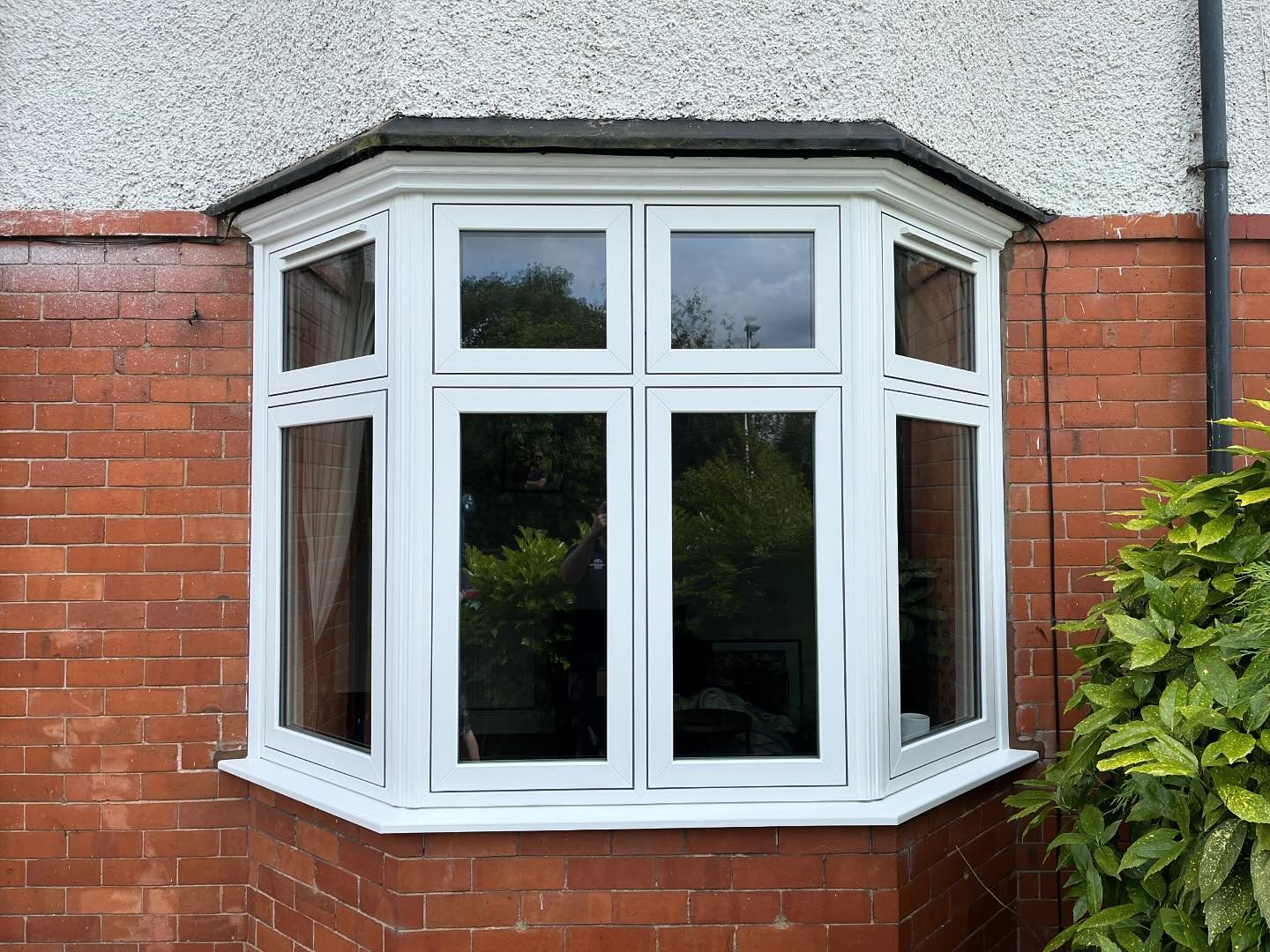
In recent years, the architectural and design industries have witnessed a remarkable transformation in the use of glass balustrades. These elegant structures, often employed to enhance safety while providing unobstructed views, have evolved significantly, driven by advancements in technology, materials, and design philosophies. This article explores the current state of glass balustrades, highlighting the innovations that have made them safer, more durable, and aesthetically pleasing, while also examining their applications in both residential and commercial settings.

The Evolution of Glass Balustrades
Historically, balustrades were constructed from materials such as wood, metal, and stone, providing a sturdy but often visually obstructive barrier. The introduction of glass as a primary material for balustrades marked a turning point, allowing for a seamless connection between indoor and outdoor spaces. Modern glass balustrades are not only designed for safety but also for their aesthetic appeal, offering a contemporary look that complements various architectural styles.
Advances in Material Technology
One of the most significant advancements in glass balustrades is the development of high-strength, tempered glass. This type of glass is treated through a thermal process to increase its strength and durability, making it resistant to impacts and thermal stress. Tempered glass is up to five times stronger than standard glass, allowing for larger panels and fewer structural supports, which enhances the overall visual appeal.
Additionally, advancements in laminated glass technology have improved safety features. Laminated glass consists of two or more layers of glass bonded together with an interlayer, typically made from polyvinyl butyral (PVB). This construction not only enhances safety by preventing shattering but also provides sound insulation and UV protection, making it an ideal choice for both indoor and outdoor applications.
Innovative Design Solutions
The design of glass balustrades has also seen significant innovation. Frameless glass balustrades, which use minimal hardware to secure the glass panels, create a sleek and unobtrusive look. This design approach maximizes visibility and light transmission, making spaces feel more open and inviting. The use of stainless steel or aluminum fittings has further enhanced the aesthetic appeal while ensuring structural integrity.
Customizable options have also become more prevalent. Manufacturers now offer a variety of glass finishes, including frosted, tinted, and etched designs, allowing homeowners and architects to tailor the appearance of balustrades to suit specific design themes. These finishes not only add a unique touch but can also enhance privacy without sacrificing light.
Enhanced Safety Features
Safety remains a paramount concern when it comes to balustrades, especially in high-traffic areas. Recent innovations have introduced features such as integrated lighting, which can enhance visibility during low-light conditions, and anti-slip coatings that improve safety on surfaces that may become wet or slippery.
Moreover, the incorporation of smart technology into glass balustrades is an emerging trend. For instance, some manufacturers are developing glass panels with built-in sensors that can detect impacts or vibrations, alerting property owners to potential hazards. This integration of technology not only enhances safety but also adds a modern touch to the design.
Environmental Considerations
As sustainability becomes a key focus in construction and design, glass balustrades have adapted to meet these demands. Many manufacturers are now using recycled materials in the production of glass, and the energy used in the manufacturing process is being reduced through more efficient technologies. Additionally, glass balustrades can contribute to energy efficiency in buildings Doors By Ideal Glass allowing natural light to penetrate deeper into spaces, reducing the need for artificial lighting.
Applications in Various Settings
Glass balustrades are versatile and can be used in a wide range of settings, from residential homes to commercial buildings. In residential applications, they are often used for balconies, staircases, and pool enclosures, providing safety without obstructing views. The aesthetic appeal of glass balustrades can enhance the overall value of a property, making them a popular choice among homeowners.
In commercial settings, glass balustrades are frequently used in shopping centers, office buildings, and public spaces. Their modern look aligns with contemporary design trends, while their durability and safety features meet the rigorous demands of high-traffic environments. Additionally, glass balustrades can be used to create visually striking atriums and lobbies, enhancing the overall ambiance of a space.
Maintenance and Care
Despite their many advantages, glass balustrades do require maintenance to keep them looking pristine. Advances in glass treatments have made cleaning easier, with some manufacturers offering self-cleaning coatings that repel dirt and grime. Regular maintenance involves simple cleaning with non-abrasive solutions to prevent scratches and maintain clarity.
Conclusion
The advancements in glass balustrades have revolutionized their role in architecture and design. With improvements in material technology, innovative design solutions, enhanced safety features, and a focus on sustainability, glass balustrades are more than just functional barriers; they are integral elements that contribute to the beauty and safety of modern spaces. As technology continues to evolve, we can expect further innovations that will enhance the performance and aesthetics of glass balustrades, solidifying their place as a preferred choice for both residential and commercial applications. Whether it's a sleek, frameless design on a contemporary home or a striking glass feature in a bustling commercial space, glass balustrades are set to remain at the forefront of architectural design for years to come.








